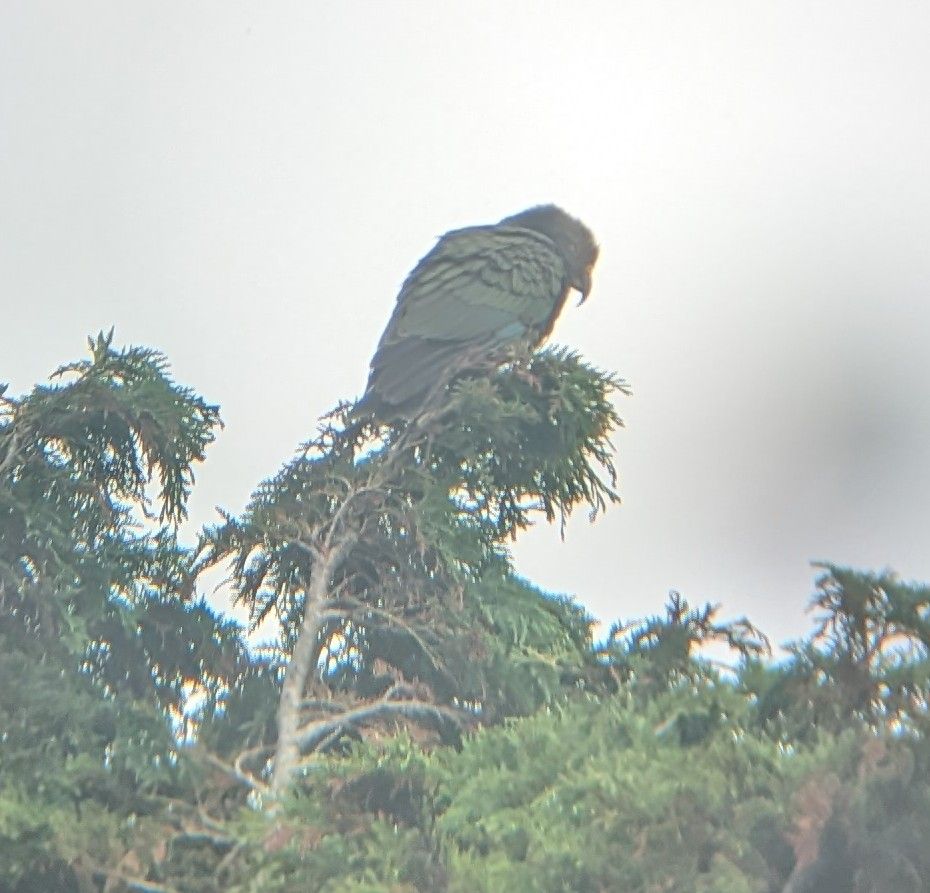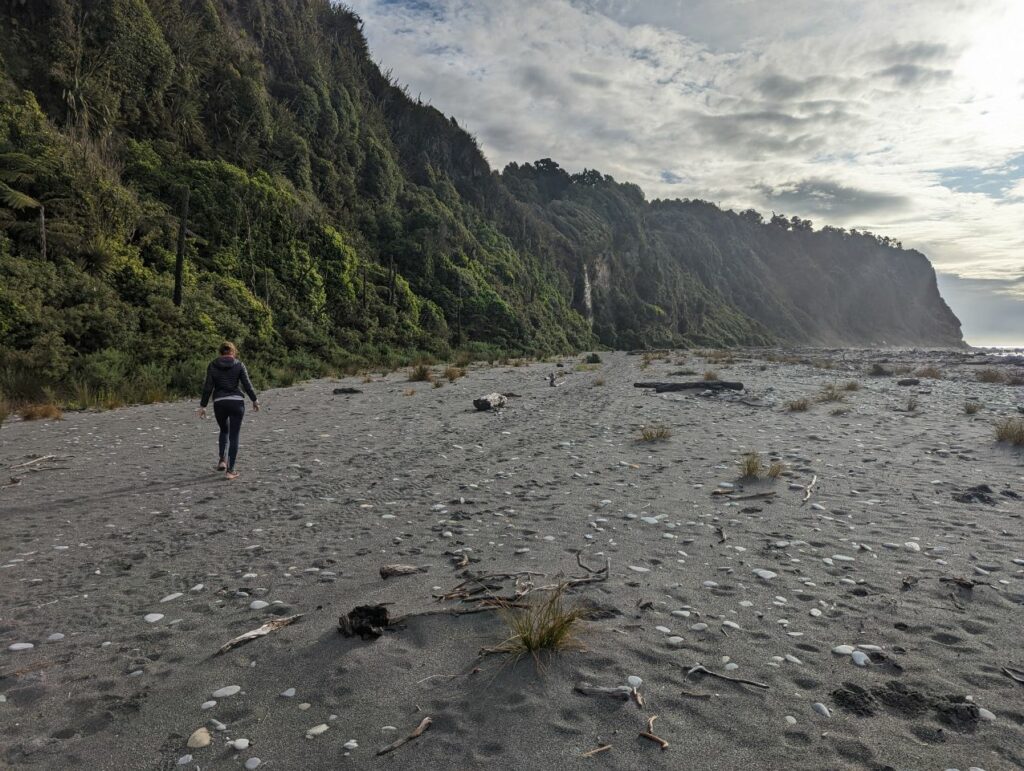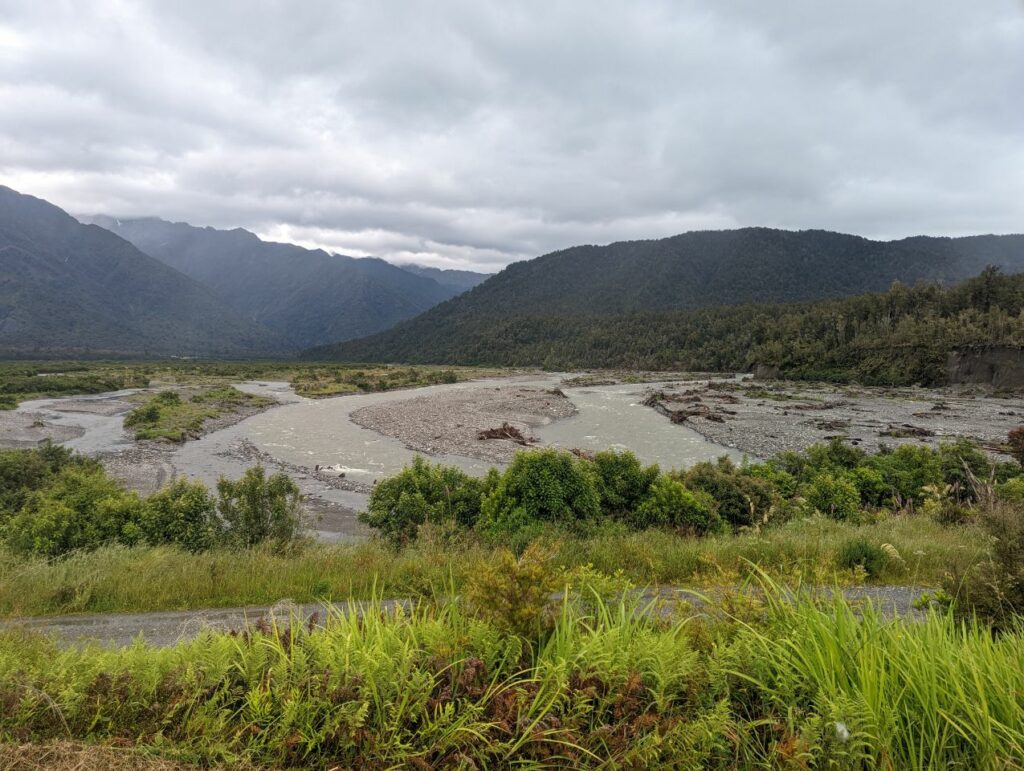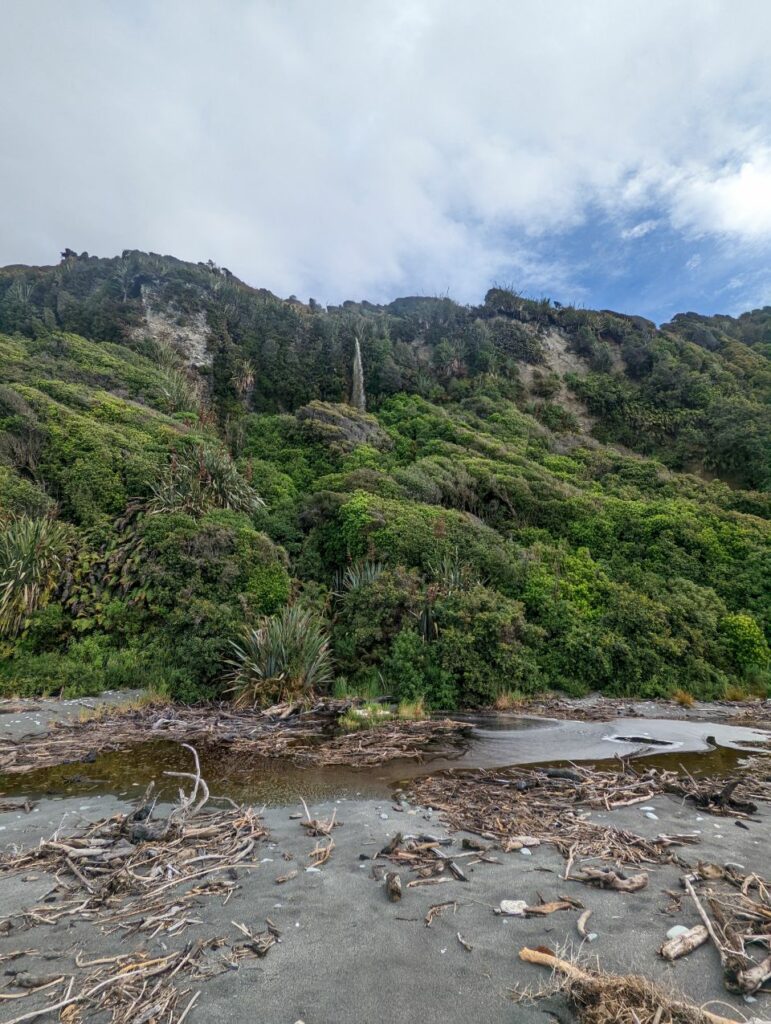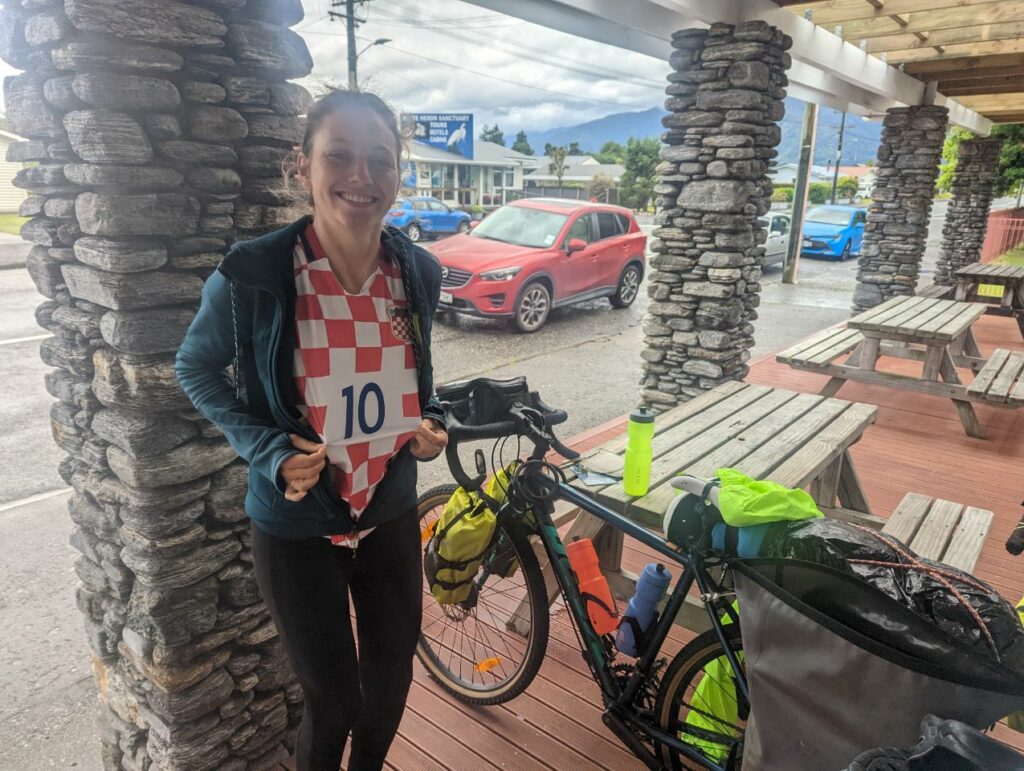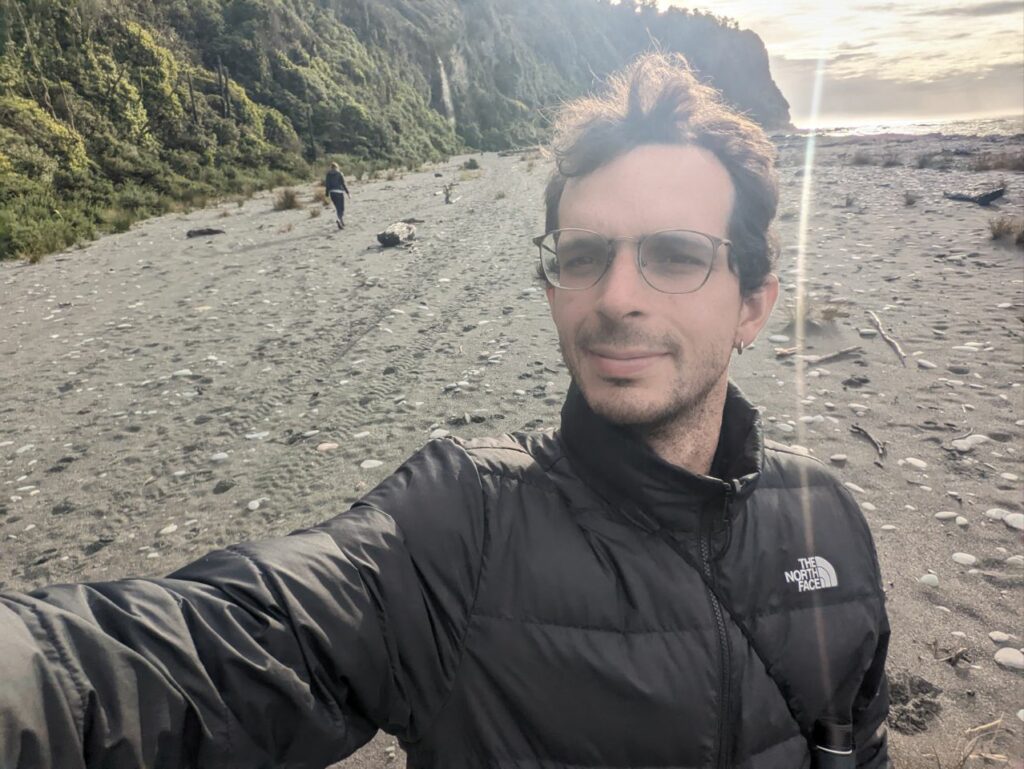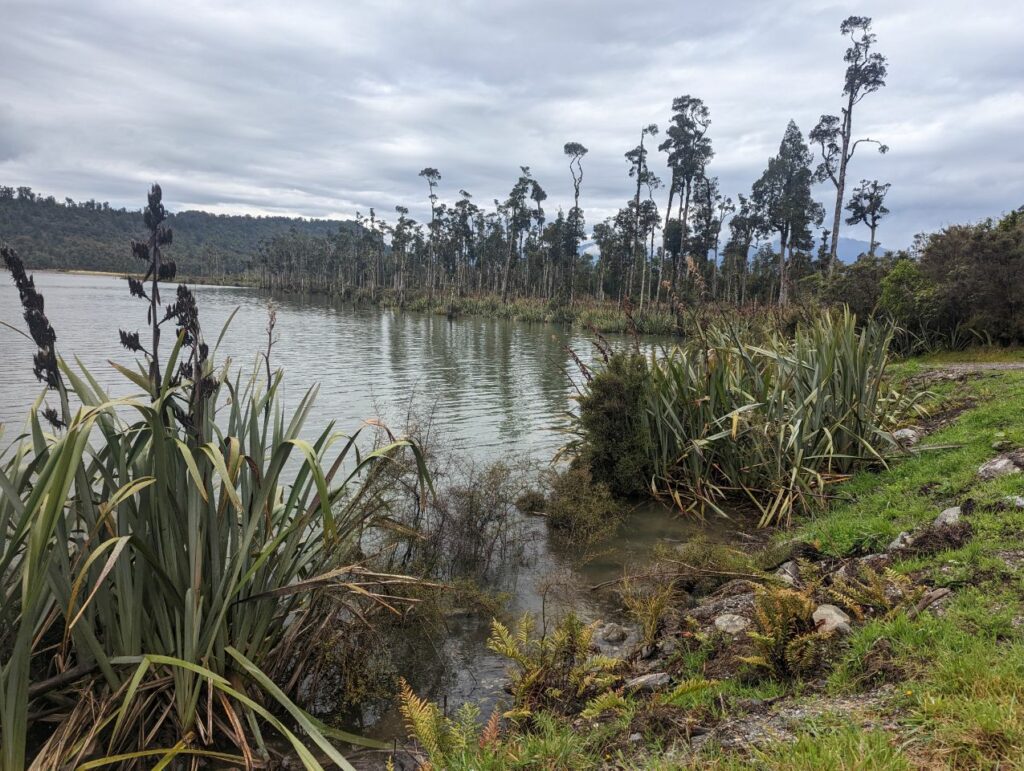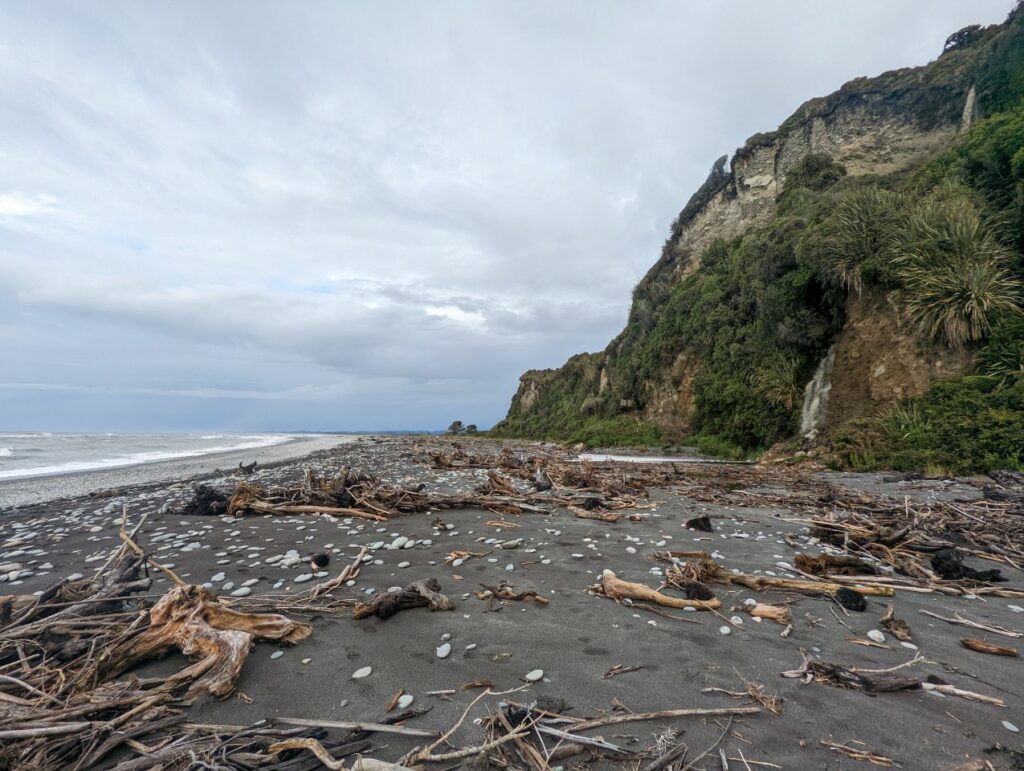Départ de Whataroa en portant fièrement le maillot croate ^^
La route n’est pas très longue aujourd’hui mais on a vite de la pluie comme on s’y attendait
Du coup arrivée pluvieuse dans le village de 30 habitants, Okarito
On arrive tout de même pendant un moment dacalmies à visiter la belle plage du village
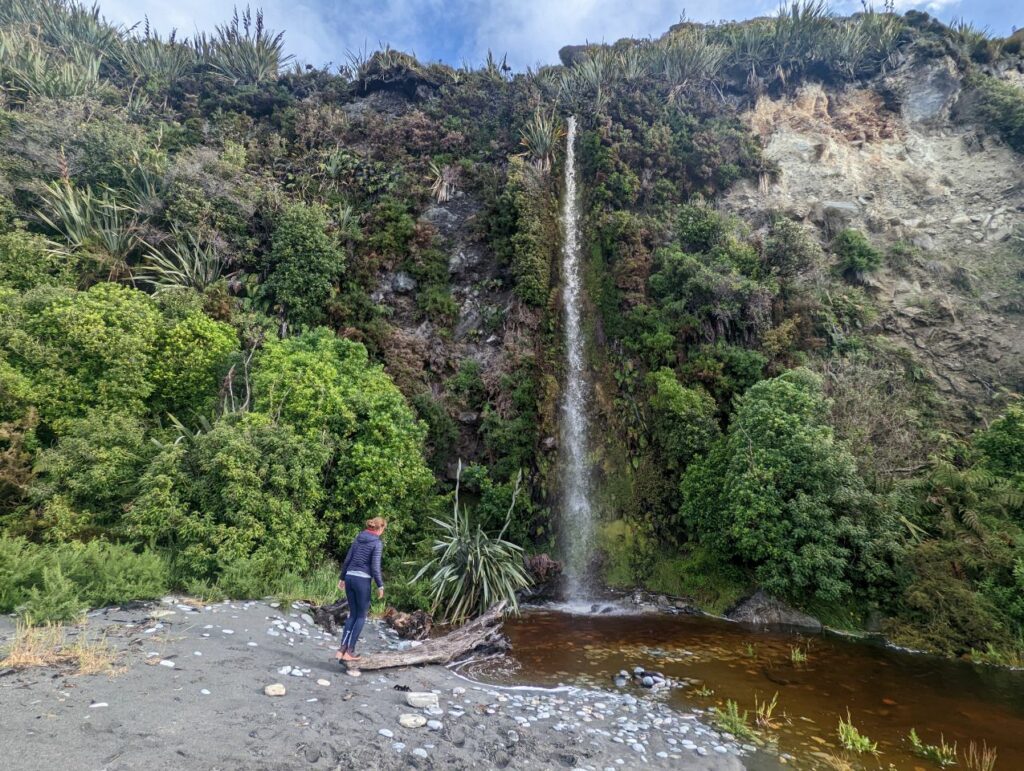
OKARITO
11th Decembre 2022
Ōkārito is a small coastal settlement on the West Coast of New Zealand’s South Island, 127 kilometres (79 mi) southwest of Hokitika, and 10 kilometres (6.2 mi) from State Highway 6. It is built at the southern end of the Ōkārito Lagoon at the mouth of the Ōkārito River. The settlement of The Forks is located just inland, on the banks of the river.[1]
Name
Ōkārito’s name is from the Māori Ō, place of, and kārito, the young shoots of the bulrush or raupō (Typha orientalis), a valued food source.[2] Another account has Ōkārito taking its name from a rangatira named Kārito, whose daughters Mapourika and Wahapako gave their names to nearby Lake Mapourika and Lake Wahapo. The settlement’s official name has been spelled with macrons over the vowels since 2010, although it is still commonly seen written as « Okarito ».[3]
History
Māori occupation and seasonal harvesting in area began over 600 years ago.[4]
The Ōkārito historic gold mining settlement is home to Donovan’s Store, the oldest known building on the West Coast,[5][6] and the Ōkārito Memorial Obelisk, a heritage listed obelisk.[7][8] The obelisk commemorates the 1860 purchase of Westland from local Maori, as well as the date that Abel Tasman and James Cook sailed by, on 13 December 1642 and 23 March 1770 respectively.
Originally a gold mining township, the population reached over 1,500 in 1866.[9] It is now permanent home to only about 30 residents; among them the late Booker Prize-winning writer Keri Hulme and landscape photographer Andris Apse.
Bird watching, eco-tours and kayak tours of the lagoon are available, and there are a number of local walking tracks.
In 1909 the bones of a whale beached in 1908, 6 miles (9.7 km) north of the settlement were taken to Canterbury Museum and displayed and called the Okarito Whale.[10][11]
Wildlife
The rarest species of kiwi, the Okarito kiwi, or rowi, is found near the town of Ōkārito.[12] It is also the only nesting ground for white herons, or kōtuku, in New Zealand.[13]

